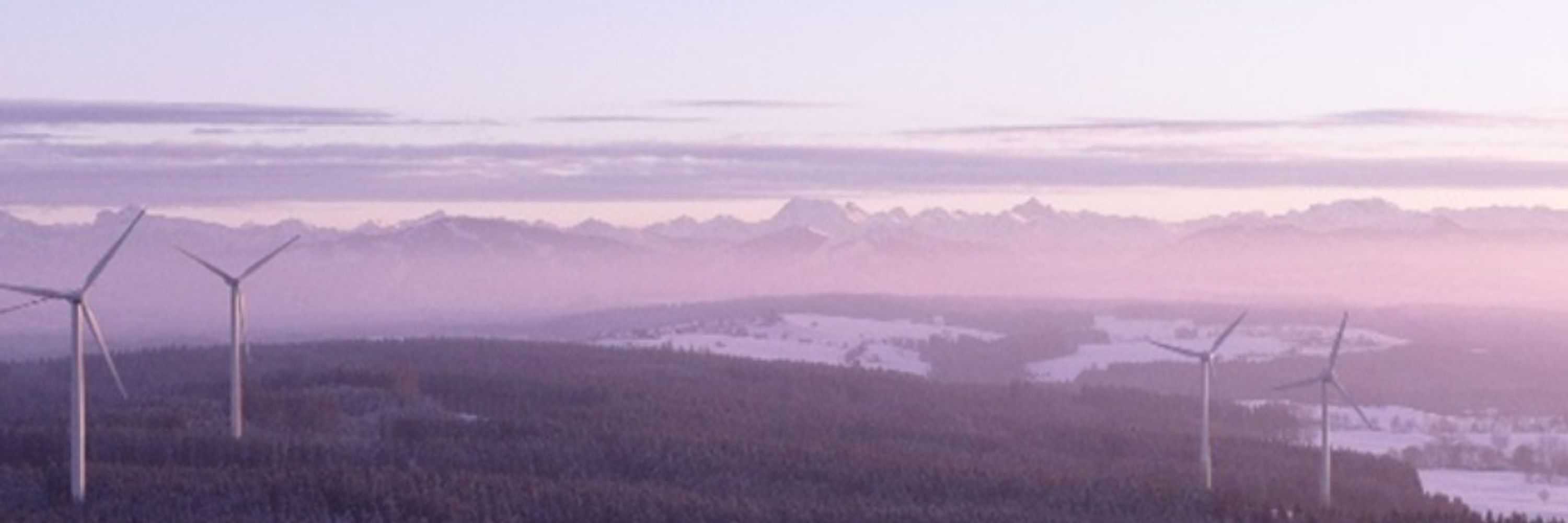Christian Breyer
@christianonre.bsky.social
2.8K followers
260 following
2.7K posts
Professor for Solar Economy @UniLUT. Interested in sustainable energy-industry-CDR systems based on #100RE. Safe planetary boundaries matter.
http://youtube.com/watch?v=9jwJWK… -
http://lut.fi -
Posts
Media
Videos
Starter Packs

















